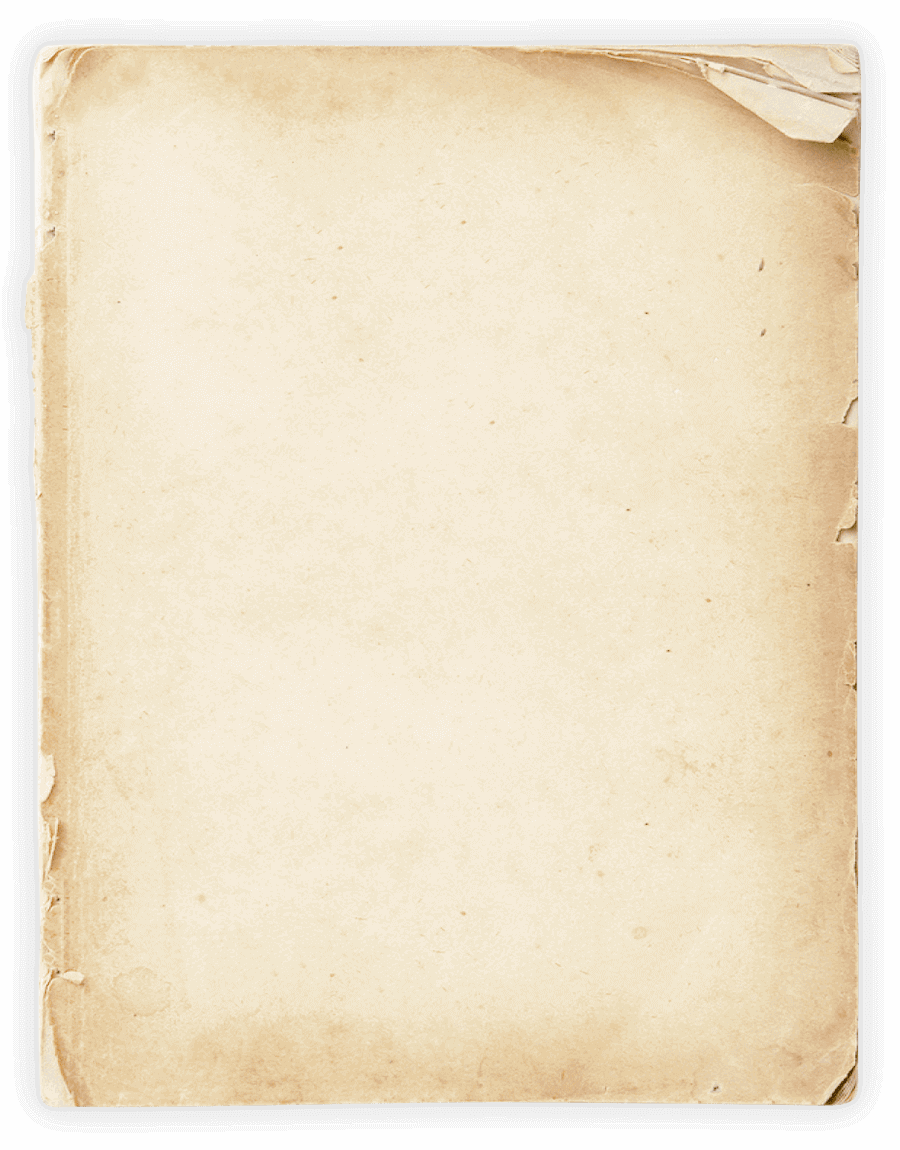
Understanding Your Insurance Policy

Understanding Your Insurance Policy
We understand that you might not be interested in reading the fine print of your insurance policy. But since an insurance policy is a legal contract between the insured—you or the entity being insured—and the insurer, it’s important for you to understand policy basics. Reading your policy helps you verify that the policy meets your needs and that you understand all parties’ responsibilities if a loss occurs. Learn more about each part of your policy in this easy-to-understand overview of insurance policy basics.
Declarations Page
The declarations page is usually the first part of an insurance policy. It identifies who is an insured, what risks or property are covered, the policy limits, and the policy period (e.g., time the policy is in force).
For example, the declarations page of an automobile insurance policy will include the description of the vehicle covered (e.g., make and model, VIN number), the name of the person covered, the premium amount, and the deductible—the amount you will have to pay for a claim before an insurer pays its portion of a covered claim.
Similarly, the declarations page of a life insurance policy will include the name of the person insured and the face amount of the life insurance policy (e.g., $25,000, $50,000).
Insuring Agreements
The insuring agreement summarizes the major promises of the insurance company and states what is covered. In the insuring agreement, the insurer agrees to do certain things, such as paying losses for covered perils, providing certain services or agreeing to defend the insured in a liability lawsuit. There are two basic forms of an insuring agreement:
• Named-perils coverage, under which only those perils specifically listed in the policy are covered. If the peril is not listed, it is not covered.
• All-risk coverage, under which all losses are covered except those losses specifically excluded. If the loss is not excluded, then it is covered. Life insurance policies are typically all-risk policies.
Exclusions
The next section you’ll typically encounter will name exclusions. Exclusions take coverage away from the insuring agreement. There are three major types of exclusions:
• Excluded perils or causes of loss
• Excluded losses
• Excluded property
Typical examples of excluded perils under a homeowners insurance policy are flood, earthquake and nuclear radiation. A typical example of an excluded loss under an automobile insurance policy is damage due to wear and tear. Examples of excluded property under a homeowners insurance policy are personal property such as an automobile, a pet or an airplane.
Conditions
The conditions are provisions inserted in the policy that qualify or place limitations on the insurer’s promise to pay or perform. If the policy conditions are not met, the insurer can deny the claim. Common conditions in a policy include the requirement to file a proof of loss with the company, to protect property after a loss and to cooperate during the company’s investigation or defense of a liability lawsuit.
Definitions
Most policies have a “definitions” section, which defines specific terms used in the policy. It may be a standalone section or part of another section. In order to understand the terms used in the policy, it is important to read this section
Endorsements and Riders
An insurer may change the language or coverage of policy at the time of the policy renewal. Endorsements and riders are written provisions that add to, delete or modify the provisions in the original insurance contract. In most states, the insurer is required to send you a copy of the changes to your policy. It is important that you read all endorsements or riders so you understand how your policy has changed and if the policy is still adequate to meet your needs.
